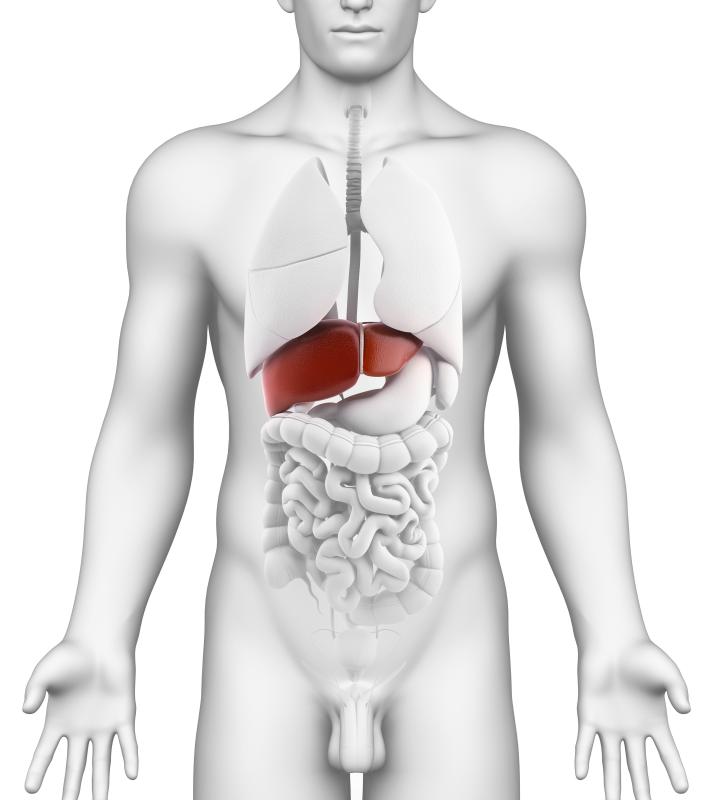At WiseGEEK, we're committed to delivering accurate, trustworthy information. Our expert-authored content is rigorously fact-checked and sourced from credible authorities. Discover how we uphold the highest standards in providing you with reliable knowledge.
What is Troglitazone?
A member of the thiazolidinedione (TZD) drug class, the intended purpose of troglitazone, also known as Rezulin®, Resulin and Romozin™, was to serve as an anti-diabetic and anti-inflammatory drug by targeting the peroxisome proliferator-activated receptors (PPARs}. Introduced in the late 1990s, the drug was administered by doctors as an oral tablet, typically beginning with 200 milligrams daily with meals and increasing dosages by 100-200 milligrams as needed. Though it was once believed to to improve liver, muscle and fat tissue actions, troglitazone's market existence was brief. By spring of 2000, the manufacturer had voluntarily ceased further production of the drug.
Troglitazone was developed by a Japanese company, Daiichi Sankyo Co., Ltd. The drug reached mainstream manufacturing in the United States through Parke-Davis after being approved by the U.S. Food and Drug Administration (FDA) in January 1997. Prior to the approval, John Gueriguian, the FDA medical officer examining troglitazone, opposed the approval because of the drug's ability to influence liver toxicity.

The thiazolidinedione class of medications, also known as glitazones, are primarily used for the treatment of type 2 diabetes. PPARs attract ligands from free fatty acids and eicosanoids, which are signaling molecules created through the oxidation of 20-carbon essential fatty acids (EFAs). The bodily systems that handle inflammation and immunity and parts of the central nervous system are controlled by EFAs. Eicosanoids are pro-inflammatory and are found in omega-3 and omega-6 fatty acids. Changes to the EFA levels in a person's body might affect the functions that they control.

PPARs are a group of nuclear receptor proteins that function as transcription factors for regulating the expression of genes. Cellular differentiation and development, as well as metabolic functions, are greatly influenced by PPARs. When troglitazone and other TZD drugs target the PPARs, however, they have been found to not only increase liver toxicity, but their ability to inhibit the immune system can cause an idiosyncratic reaction that leads to drug-induced hepatitis.

The United Kingdom withdrew troglitazone from its market in December 1997 after its adverse effects on the liver became known. The U.S. purged the drug from its market in 2000, and soon after, the Philippines, Australia and Japan followed suit. Although troglitazone had been shown to reduce inflammation, much more harmful effects of the drug have been discovered. Parke-Davis voluntarily stopped manufacturing the medication on 21 March 2000.
AS FEATURED ON:
AS FEATURED ON:













Discuss this Article
Post your comments